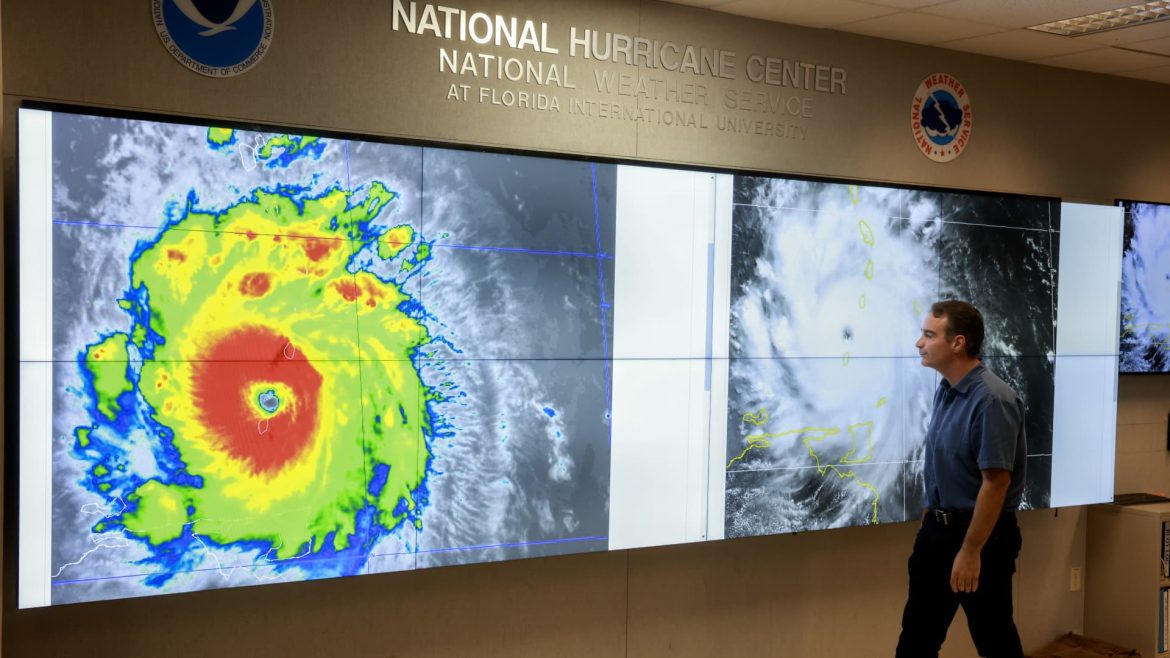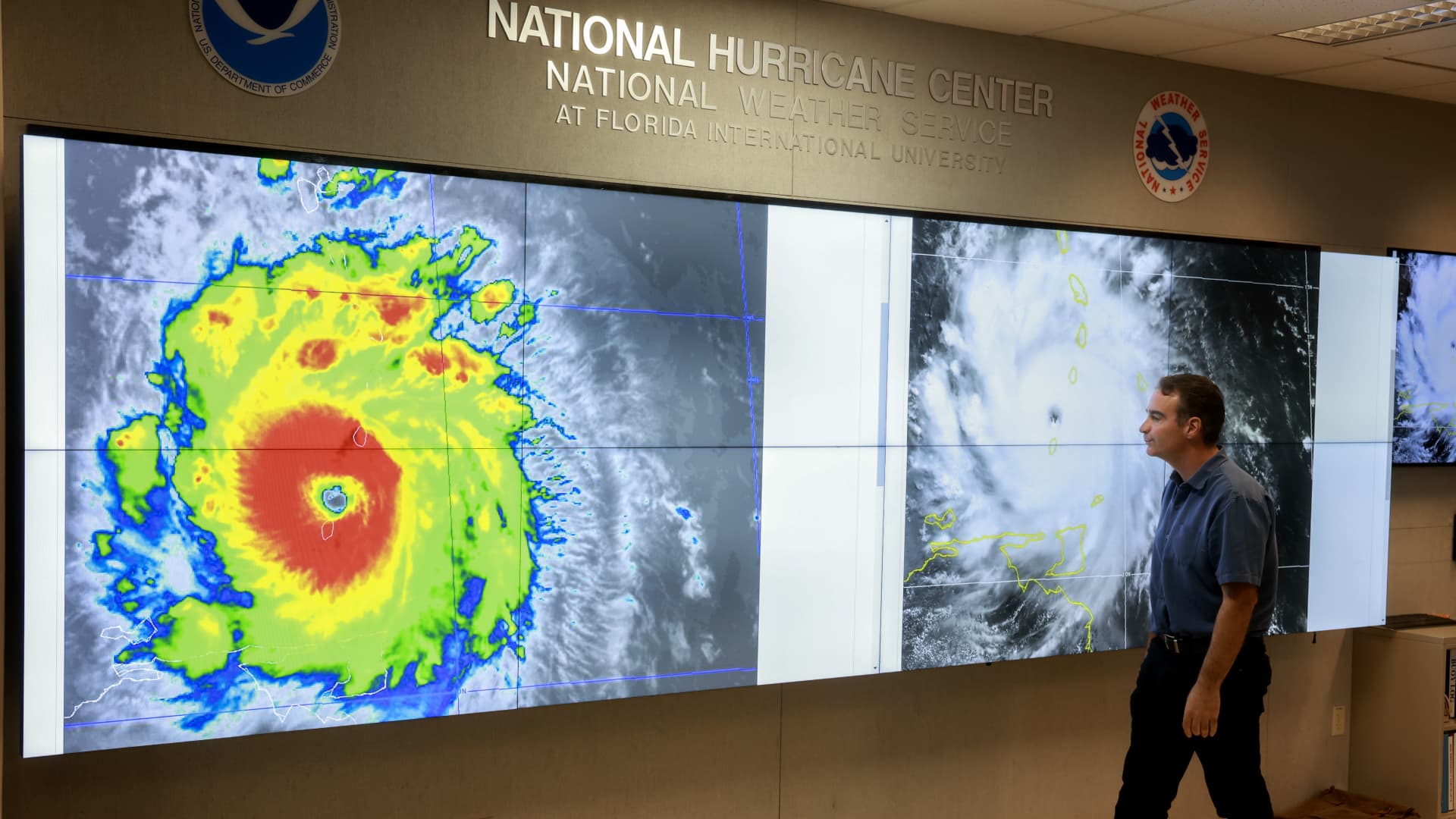The 2024 and 2025 Atlantic hurricane seasons are anticipated to be markedly active, with forecasts signaling potentially record-breaking storm activity that presents significant implications for coastal communities, insurance industries, and disaster preparedness frameworks. A synthesis of the extensive, recent reports and expert predictions reveals a clear trend: an above-normal hurricane season is imminent, driven by environmental conditions and prompting urgent readiness among affected sectors.
Overview of 2024 Hurricane Season Forecasts
Multiple authoritative sources—including the U.S. National Oceanic and Atmospheric Administration (NOAA), Allianz Commercial, and Colorado State University—converge on the expectation that the 2024 Atlantic hurricane season will exceed historical averages for tropical cyclones. NOAA’s 2024 outlook, one of the most frequently cited forecasts, predicts an 85% chance of an above-normal season, with:
– 17 to 25 named storms
– 8 to 13 hurricanes
– 4 to 7 major hurricanes (Category 3 or higher)
These numbers surpass the 1991-2020 average, which is approximately 14 named storms, 7 hurricanes, and 3 major hurricanes per season. Allianz’s projections support this, estimating 15 to 28 tropical storms, 8 to 16 hurricanes, and two to seven major hurricanes, further underscoring the likelihood of an exceptionally active year.
Environmental Drivers Behind the Elevated Forecast
Several climatic factors are contributing to these predictions:
– Record high sea surface temperatures in the Atlantic basin fuel storm formation and intensification.
– Low wind shear conditions allow hurricanes to develop more easily and gain strength.
– The relative absence or weakening of El Niño conditions, which typically suppress Atlantic hurricane activity, implies fewer atmospheric inhibitions for storm development.
These combined conditions create an environment conducive to not only numerous storms but also a higher proportion escalating to major hurricane status, increasing the likelihood of severe impacts.
Projected Impact on Insurance and Risk Management
The insurance industry stands at the forefront of preparedness, bearing direct financial exposure to hurricane-related damages. Industry analysts and insurance companies are already responding proactively:
– Reinsurers and insurers are bracing for heightened claims due to expected increases in property damage and catastrophic losses.
– The anticipation of costly payouts has led to rate hikes in homeowner and commercial insurance policies, particularly in vulnerable coastal regions like Florida.
– Investors are showing increased appetite for catastrophe bonds, with issuance reaching record highs as markets seek to hedge against hurricane-related financial shocks.
Moreover, industry analysts note that while individual storm paths and landfalls remain unpredictable, the volume and intensity of storms statistically raise the overall risk footprint for insurance portfolios. This drives a strategic imperative toward enhanced risk modeling and reserve planning.
Looking Ahead to 2025
Preliminary forecasts for the 2025 Atlantic hurricane season continue this pattern of above-average activity, with NOAA projecting:
– 13 to 19 named storms
– 6 to 10 hurricanes
– 3 to 5 major hurricanes
Although the projected range is slightly narrower compared to 2024, the likelihood of an above-normal season remains high, with NOAA assigning a 60% chance for elevated hurricane activity in 2025. Warm sea temperatures lingering into the following year sustain the potential for continued active storm production.
Broader Implications for Communities and Preparedness
For coastal communities, these forecasts translate into mounting uncertainty and risk. Each hurricane season increasingly resembles a game of chance, where residents may face severe storms or escape relatively unscathed. The volatile nature of the season means:
– Emergency preparedness campaigns must be intensified.
– Infrastructure resilience efforts require acceleration.
– Public awareness and evacuation planning gain new urgency.
Government agencies, scientists, insurers, and local authorities are urged to collaborate closely to mitigate the human and economic tolls of hurricane impacts.
Conclusion: Preparing for a Stormy Future
The 2024 and 2025 Atlantic hurricane seasons stand poised to challenge existing norms, with official forecasts pointing to well above-average tropical activity and intensified hurricane threats. This escalating cyclone activity reflects broader environmental shifts characterized by warming oceans and favorable storm conditions. Insurers are adapting to heightened risk, communities face amplified danger, and preparedness remains the cornerstone of resilience.
As the hurricane seasons unfold, adaptability and vigilance will be critical to safeguarding lives, property, and economic stability. The convergence of scientific insight and proactive risk management offers the best defense against the inevitable storms ahead, making awareness and readiness indispensable in the face of an increasingly volatile Atlantic coast.





